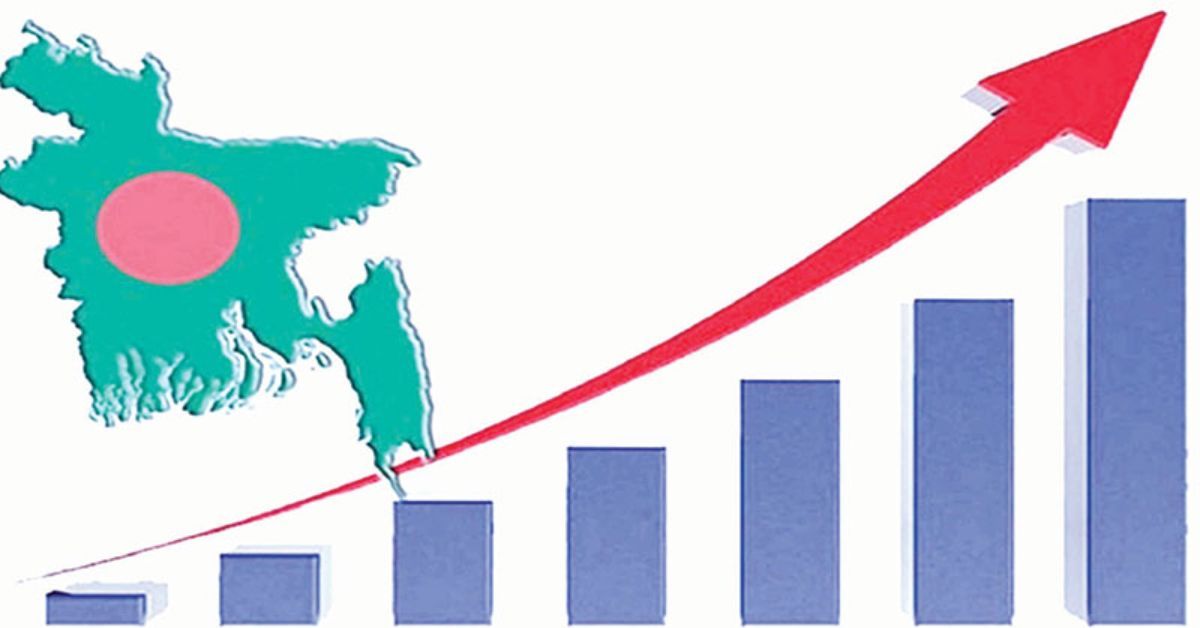The theme of the budget has been shaped by the idea of “Smart Bangladesh”, envisioning a 100-percent digital economy, science and technology-based literacy and a paperless and cashless society. Bangladesh’s economic indicators reflected its robust economic policies which yielded positive results. However, Pakistan’s economy’s history speaks otherwise. A comparison between the economies of two countries showed that Bangladesh outclassed Pakistan almost in all sectors of the economy.
After 52 years since separation from Pakistan, BD’s exports reached $52.08 billion for the financial year 2021-22, whereas Pakistan’s exports stood at $31.78 billion during the same financial year. BD fixed its export target for the current fiscal 2022-23 at $67 billion and it is hoped that it would be able to export goods worth more than $65 billion if the monthly exports figures in the current fiscal are looked at.
However, Pakistan set it export target at $38 billion and during the first 9 months of the current fiscal, data showed that Pakistan exported goods and services worth $21.5 billion. Pakistan’s exports remained in a negative trajectory from October 2022 till now and it is expected that it would not even touch the figure of $30 billion let alone while expecting to achieve the target of $38 billion. So much so, Bangladesh will enter 2023-24 with foreign reserves at $30.965 billion whereas Pakistan with below $4 billion reserves that are even borrowed from friendly countries. In Bangladesh, per capita income has been worked out at $2,765 in FY23, and in Pakistan, per capita income in dollar terms has been estimated at $1,568 in the outgoing fiscal year 2022-23 by the National Accounts Committee (NAC). Besides, Pakistan’s rupee is now equal to 0.38 Takas.
Pakistan is expected to present the budget for 2023-24 worth Rs14.66 trillion with projected growth of 3.5 percent and an inflation target of 21 percent whereas its GDP growth for the ongoing fiscal 2022-23 has been worked out at 0.299 percent. Pakistan’s budget is expected to be presented with US dollar value at Rs290. It is pertinent to mention that Bangladesh’s GDP was 7.1 percent in 2021-22 and Pakistan’s GDP was registered at 6 percent in FY22, which was the result of rebasing the economy and 6 percent growth was achieved because of the low base effect in FY21. To achieve the growth target of 7.5 percent in FY24, BD’s finance minister said that his government would gradually come out of the contractionary policy and invest in ongoing and new growth-inducing projects, including mega-projects.
He said that total estimated revenue would be over 5 trillion taka. In Annual Development Program (ADP) for the next fiscal year, Bangladesh has earmarked 2.78 trillion takas for transport, power, infrastructure, rural development and education sectors to achieve the growth target. In contrast, the Annual Plan Coordination Committee (APCC) on the direction of Prime Minister Shehbaz has earmarked Rs950 billion for public sector development program (PSDP) and recommended Rs2.5 trillion cumulative national development outlay for spending by the federal government and the four provinces, keeping in view the GDP target of 3.5 percent. The development budget showed that the government would present the expansionary budget for political gains in the coming general elections. At the moment, Pakistan is out of the IMF program and economic experts are of the view that the government should come up with a responsible budget that may help the future government to qualify for a new IMF program as the newly-elected government will not be able to run the country without a new IMF program.







